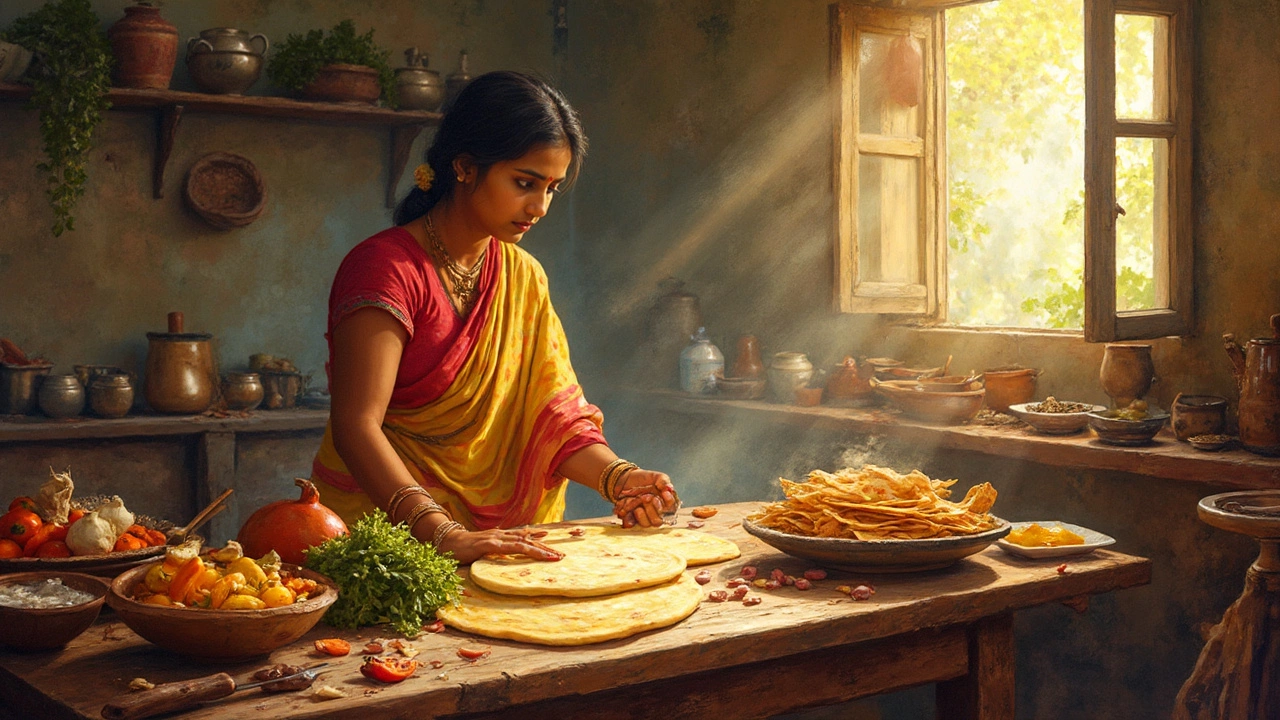Low‑Calorie Indian Food
When you’re looking for dishes that satisfy cravings without packing on the pounds, low‑calorie Indian food, a collection of dishes that keep calories low yet deliver bold, authentic flavors. Also known as healthy Indian cuisine, it draws on ingredients that are naturally light. One star player is dal, protein‑rich lentils that bring fullness with very little fat. Another staple, paneer, soft cottage cheese that adds texture but can increase calories, often gets swapped with tofu, a plant‑based protein that cuts fat while soaking up spices. And let’s not forget spices, the flavor powerhouses that let you enjoy rich taste without extra oil or sugar. By understanding how these elements work together, you can enjoy meals that are both satisfying and waist‑friendly.
To make the most of low‑calorie Indian food, start with smart cooking techniques. Soaking dal for at least 30 minutes reduces cooking time and improves digestibility, which means you can use less oil and still get a fluffy texture. When you replace paneer with tofu, you keep the creamy mouthfeel while dropping up to 50% of the calories—perfect for weight‑watchers. Mastering spice balance is another game changer; a pinch of cumin or a dash of mustard seeds adds depth without adding calories, and the natural aromatic compounds can even boost metabolism. Portion control also matters: a cup of cooked dal delivers around 12 g of protein and only 200 kcal, making it an ideal base for a balanced plate. Pair it with a side of steamed veggies and a drizzle of mustard‑seed tempering, and you’ve built a complete meal that hits protein, fiber, and micronutrients.
Key Benefits & Practical Tips
Low‑calorie Indian food isn’t just about cutting calories; it’s about maximizing nutrition. Dal varieties—like masoor, moong, and toor—each bring a unique amino‑acid profile, so rotating them ensures you get a full spectrum of protein. Using low‑fat cooking methods such as grilling, steaming, or sautéing with minimal oil lets the natural flavors shine. When you choose whole‑grain rotis or millet‑based flatbreads over refined flour, you add fiber that keeps you fuller longer. The spice trio of turmeric, ginger, and garlic not only lifts taste but also offers anti‑inflammatory benefits, making your meals healthier inside and out. Finally, mindful seasoning—like adding a squeeze of lemon or a sprinkle of fresh cilantro at the end—adds brightness without extra calories. Below you’ll find a curated list of articles that dive deeper into each of these topics, from dal nutrition facts to paneer‑tofu swaps, so you can start cooking smarter today.

Roti: Is It Really a Low-Calorie Option?
Roti, a staple in many Indian households, is often perceived as a low-calorie food, but how accurate is this belief? This article dives into the nutritional value of roti, giving you insights on calories, how pairing it with different foods like sabzi or ghee affects its calorie count, and tips for including roti in a balanced diet. Whether you’re counting calories or just curious about what you eat, this is your go-to guide on understanding roti's place in your diet.